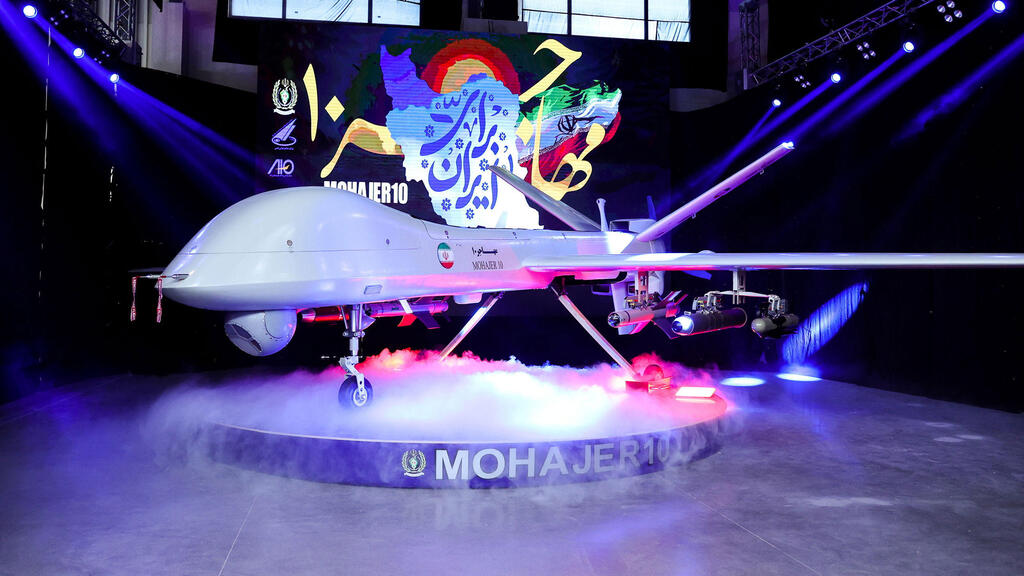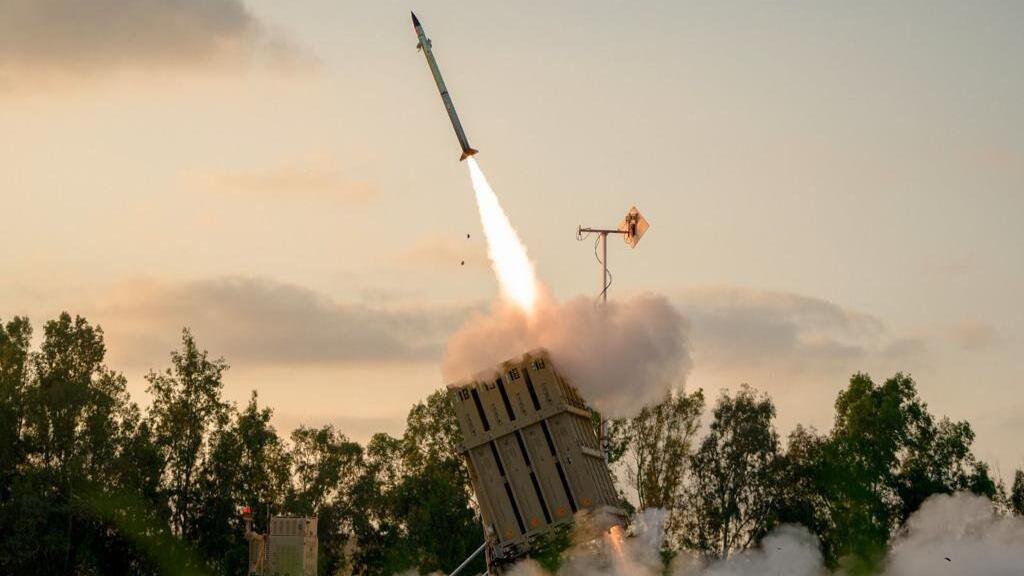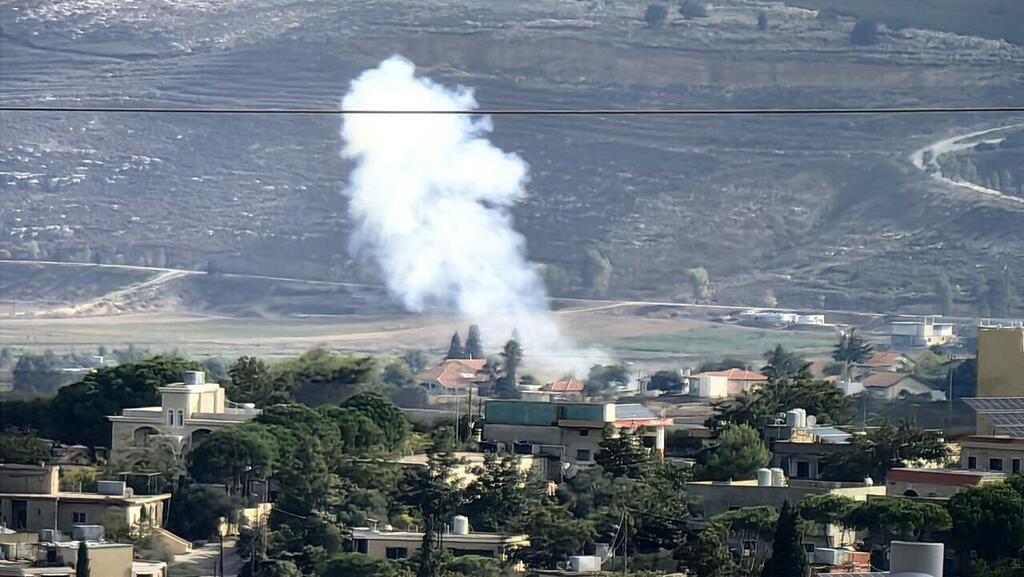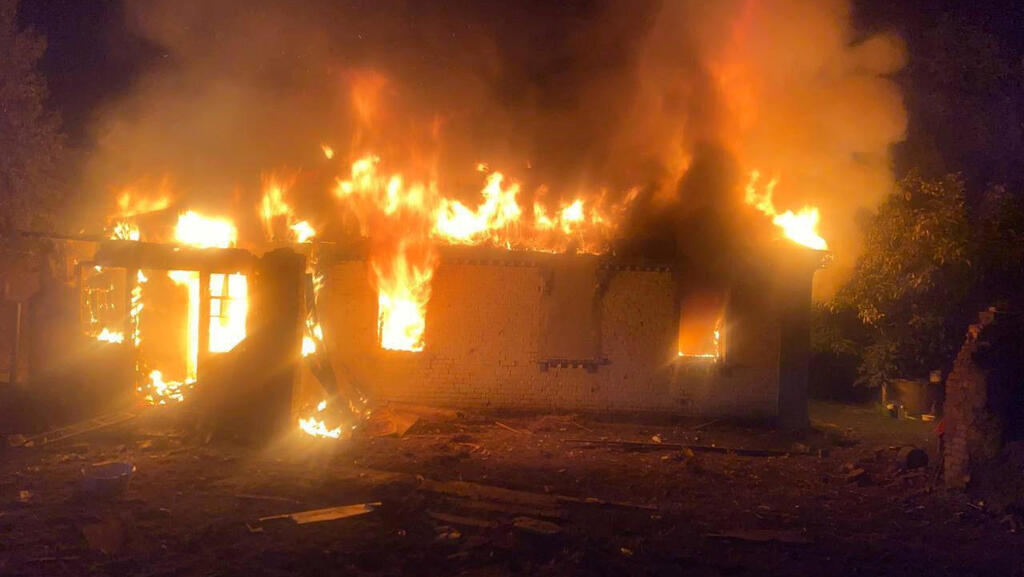Israel’s defense establishment has begun a large-scale emergency procurement of systems to deal with a possible all-out war in the north of the country: huge swarms of suicide drones targeting power plants, air force bases, concentrated groups of IAF forces, and infrastructure critical for the ongoing functioning of the economy in case of emergency.
Although Israel has the most advanced and sophisticated multi-layered air defense system in the world, the threat of suicide drones is believed to be tangible. The defense missiles on which Israel’s system are based aren’t designed to deal with dozens of drones, all flying slowly at low altitude and aimed at a defined target.
This challenge became all to apparent earlier this week as three American soldiers were killed and another 40 injured following the drone attack on a Tower 22 outpost in Jordan believed to have been fired by a pro-Iranian militia.
A similar weapon fired a few weeks ago was aimed at a command base near Safed in the north of the country. This was a retaliatory attack by Hezbollah for the assassination in Beirut of high-ranking Hamas official responsible for liaising with Iran and Hezbollah, Saleh al-Arouri. A few weeks before that, an IDF reserve duty soldier was killed by a suicide drone fired by Hezbollah near Moshav Margaliot on the northern border.
Ever since the war in Gaza began, and with it the fear of its expanding into fighting Hezbollah in Lebanon, the defense establishment has been racing to equip itself with electronic warfare (EW). This is in an effort to improve its capabilities for defending the country’s infrastructure from swarms of explosive suicide drones activated in large numbers aimed at sensitive targets in Israel. A military source told Ynet's sister news outlet Calcalist that the extent of the procurement and equipping these systems ran into, as he put it “many hundreds of millions of shekels – and the arm is still outstretched”
This procurement focuses on dedicated systems used to block or corrupt radars on which the drones are based as well as further systems designed to improve the chances of interceptions at considerable distances from the drones’ targets.
This includes using Rafael’s Typhoon and Mini-Typhoon cannons and General Robotics’ Pitbull defense system. Alongside efforts to equip the IDF with tools offered by the defense market, Calcalist has learned that the Ministry of Defense Directorate of Defense Research & Development (IMOD DDR&D) has recently ordered defense industry leaders, Rafael, Elbit Systems and Israel Aircraft Industries (IAI) to accelerate the development programs for tools and systems addressing the threat of drone swarms.
This includes models of weapons positions based on radar-guided machine guns to be deployed adjacent to sensitive locations to intercept offensive aircraft to be integrated into a future project for protecting the country’s borders.
“They fly slowly and their radar signature is low. To shoot them down, the aerial defense system must meet very high standards for detection” a senior aerial defense expert told Calcalist. He explained that “low flying aerial vehicles aren’t the only objects at this altitude at any given time, so it’s very difficult to create a coherent clear air traffic picture in real time. This is a contributing factor to alarms being triggered in across the north regarding intrusions of hostile aircraft that later turn out to be false alarms. They may be either hostile or friendly aircraft.”
Since the fighting in the south began, Hezbollah has been engaging Israel in daily skirmishes along the Lebanese border in the north. For now, however these incidents fall below the all-out war threshold. Hezbollah’s fire includes launching anti-tank (RPG) missiles toward IDF outposts and Israeli communities along the border, barrages of short-range missiles, and activating various unmanned aircraft that the organization either received from Iran or manufactured themselves based on know-how and guidance from Tehran. But this is all still on a rather measured scale.
Israel reads these attacks as Hezbollah signaling its capabilities of hitting defined targets with precision. In an all-out war, this may become far more extensive and destructive. The Iranian developed Shahed 136 suicide drones, are a cheap, accurate and effective form of offensive loitering munition. They are far more effective in attacking ground targets as they reach their targets in swarms.
The Shahed 136 was first used in 2019 when the Yemini Houthis - equipped and trained by the Iranian Revolutionary Guard - launched several dozen such drones at an Aramco oil facility in Saudi Arabia alongside barrages of Qods drones. The combined attack wreaked havoc on Aramco's facilities, disrupting their operations for several months and significantly reducing Saudi Arabia's oil output.
We’ve seen what Iran’s doing. We’ll clearly be met by the same challenge
This lethal drone is at the heart of Iran's military aid to Russia, which uses it extensively to attack grain warehouses and critical infrastructure across Ukraine and has been disrupting the electricity supply to millions of the country’s residents.
“We’ve been seeing the Ukrainians and Russians fighting using suicide drones. We’ve also seen what Iran’s doing. We’ll clearly be met by the same challenge” a security official told Calcalist this week. However, despite this insight and the threat from every Iran-related arena, in recent years the defense system has been diverting resources to other needs and has acted slowly with regard to defending sensitive sites against suicide and explosive drones.
This threat, that Israel had repressed and had been more associated with Kyiv, became very real here too as the war began. Those who had placed their trust in existing aerial defense systems have been forced to understand that even the most advanced defense missiles in the world have their limitations.
“When the war kicked off, the defense establishment turned to anyone, at home or overseas, who had anything to offer in a move extraordinary in the world of development and weapons procurement” said Rotem Mey-Tal, CEO of ASGARD Systems that specializes in AI applications. He further commented that “combining advanced cyber and electronic warfare techniques, the defense establishment has developed multiple interfaces for systems for locating, monitoring and intercepting drones and UAVs to address threats in their various layers.”
A security official said “The early preparatory response of IMOD DDR&D and the IAF to the Houthis’ 2019 attack allows for gaps to be closed in a short time in terms of implementing the necessary systems on the ground. We knew what we needed and where we could buy it. We can now safely say that we have an in depth understanding regarding the protection of various sites” he said.
Alon Wallach, an entrepreneur in the field of electronic warfare in the defense industries, offered to sell the state a dedicated grid designed to block frequencies that he claimed could help protect sensitive sites from drone attacks. The offer was rejected. He explains that the Shahed 136 “are vehicles hard to detect, and there’s very little time to intercept them. The Shahed 136 has a unique feature preventing blocking its GPS, meaning that not everything that might neutralize regular drones, can also neutralize the Shahed 136.”





